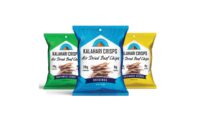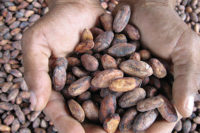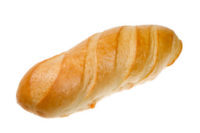Rabobank has published a new research report discussing the great increase of the U.S. snack bar market over the past 10 years. The market has grown at twice the rate of other snack foods and nearly three times the rate of the overall packaged food sector. The bank forecasts strong continued growth in the category in the years ahead, powered by favorable consumption trends and expanded distribution channels.
In a new report titled “Never Eat More Than You Can Lift,” Rabobank's Food & Agribusiness Research and Advisory group examines the drivers behind the strong growth of the U.S. snack bar market over the past decade, weighs category leaders as well as stragglers, and identifies trends and opportunities that promise an even rosier future for the U.S. snack bar market.
"Snack bars are one of the few bright spots in today's U.S. processed food market," says Nicholas Fereday, author of the report and Rabobank analyst. "By capitalizing on consumer trends and evolving demographics, snack bars have found broad appeal among a large consumer base that ranges from athletes to couch potatoes, from working mothers to professionals on the go. Even so, not every brand is a winner, and there are some surprising names on the list of ‘must try harder.’”
Factors driving the success of the category include the fact that the bars are often multipurpose, so they attract a wide range of consumers. High-protein bars work for athletes who want to bulk up and for dieters trying to suppress appetites. Flexibility in where and when snack bars can be eaten makes them attractive, relevant and convenient for today's busy consumers. Increased snacking between meals creates more eating occasions, as government reports estimate that snacks now provide adults with about one-third of total daily calories. In addition, the bars have broad retail distribution, from delis and dollar stores to gas stations and grocery stores, which encourages impulsive consumption, a key driver in many snack and candy purchases.
Source: prnewswire.com




